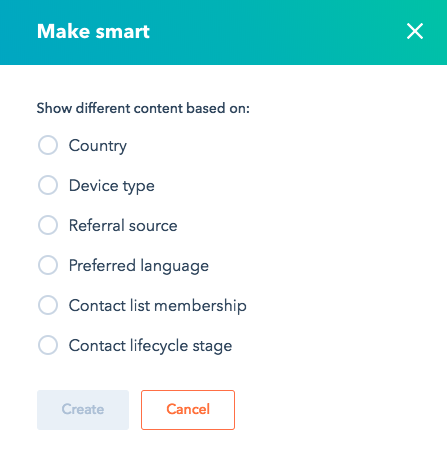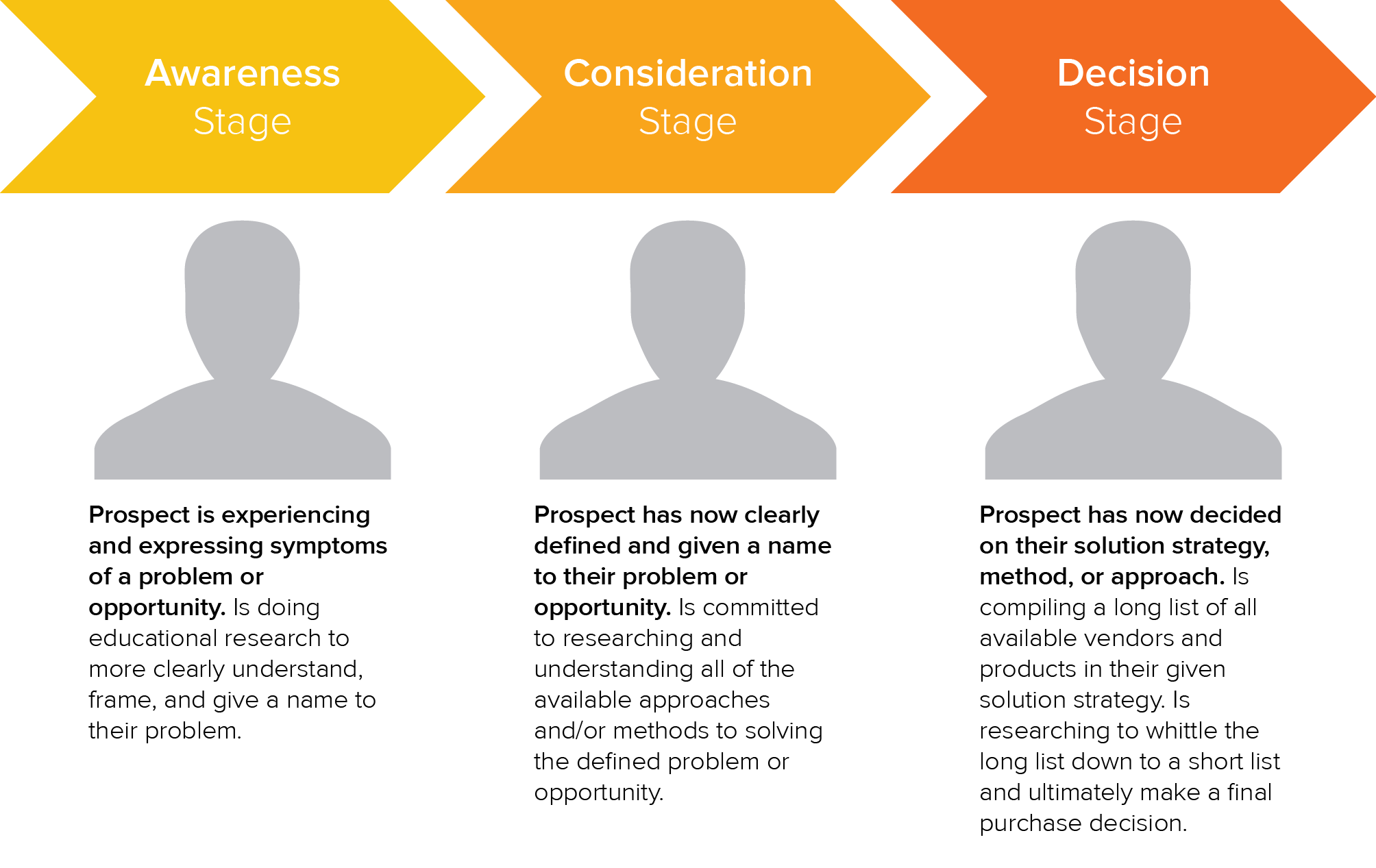If you're a marketing professional, nurturing leads and prospects with quality website content is always top-of-mind. But with website visitors expecting more personalized website experiences than ever before, it can be difficult to know the best way to proceed.
Understanding the fundamentals of smart content can help ensure you're serving up the most valuable assets to every visitor, no matter where they are in the buyer's journey.
What Is Smart Content?
Also referred to as "dynamic" or "adaptive" content, smart content is a term for the aspects of a website, ad, or email body that change based on the interests or past behavior of the viewer. It creates an experience that's customized specifically for the visitor or reader at that moment.
This means taking into account factors of your visitors such as:
- Location
- Language
- Device type
- Referral source
- Demographics

One of the most well-known examples of smart content is Amazon's recommendation engine, which caters the products and services it shows based on your purchasing behavior. Other forms of smart content range from personalization fields in emails to entire images or offers on a webpage that shift based on who's looking at them.
How Does Smart Content Work in HubSpot?
Although it may sound complicated, the theory of smart content is simple in nature. Using the cookies stored in a visitor's browser, HubSpot attempts to identify a visitor coming to your site.
If no previous HubSpot cookie exists, HubSpot buckets the visitor as an unknown contact. From there, it will look at browser settings such as preferred language, device type, and IP address to determine location. If the visitor meets the criteria for any of the smart rules, the smart content will appear accordingly. Otherwise, the default content you have designated will appear.
If there is a cookie from your website that exists in the visitor's browser, HubSpot uses it to identify the visitor and pull information from their respective contact record. After looking at their device presets and IP address, HubSpot will match a visitor against a piece of content's smart rules and show the correct asset.
Currently, HubSpot Marketing Hub Professional and Enterprise customers can create smart CTAs, forms, and rich text modules on landing pages, website pages, or in email.
The Good
Marketers are defined by their ability to build lasting relationships with leads and potential buyers. This requires more than just writing blog posts. It requires creating impactful experiences that inspire trust and delight website visitors at all stages of the buyer's journey. One of the best ways to do this is through the personalization of content.

As visitors' experience with your company grows, their needs and interests change. Smart content enables you to nurture your leads by providing additional value every time they return to your site. With smart content, you can ensure your visitors are always seeing relevant offers (especially if you're working with different personas), rather than just static resources that aren't applicable to their goals.
In this way, the potential of smart content is two-fold. For your website visitors, your site becomes a vast ecosystem of conversion opportunities because they don't have to see the same offer twice. On the flip side, every landing page, form, CTA, or email has the potential to expose new content, services, or products to reconvert a visitor.
The Bad
While top-of-the-funnel contacts can safely be directed to more generic marketing materials, the more qualified someone is, the more personalized their experience with your company should be.
When it comes to filtering known contacts by rules such as list membership or traits like lifecycle stage, it's imperative that you have a clean, well-managed contact database. This ensures that you're aware of what information you have on segments of visitors before making smart rules that won't work as expected.
The success of smart content is based on more than just a healthy CRM, however. It takes insight into what your customers' find valuable at every stage of their journey. This requires understanding what drives your buyer personas to make a purchasing decision, from their goals, to problems, to any potential blockers.
If you aren't already aligning and mapping your content to every stage of the buyer's journey, you'll need to do so before you can execute your smart content with excellence. After all, the success of smart content is built on how well your content marketing and segmentation strategies work.
Where do you start? Check out this lesson for more information on contact management and segmentation strategy.
The Ugly
According to a recent study by Viant Technology, over 60% of marketers believe they will no longer need to rely on tracking cookies for the majority of their digital marketing within the next two years.

This casts a bit of a shadow on software like smart content, which is partially reliant on cookie tracking. Cookies, after all, are notoriously unreliable on mobile, and mobile is becoming the preferred method of browsing online.
So what's an online marketer to do?
In short, don't base the entire infrastructure or conversion opportunities of your site around smart content. Technology and the ways of surfacing data are always evolving. So while cookies may be the way certain pieces of smart content fire now, it's likely they will need to evolve to remain relevant in a mobile-first world.
A healthy mixture of static, dynamic, and conversational content offers is the best type of online ecosystem you can build. See smart content as a means of adding to and supplementing your user's experience, not the all-in-one solution. This way, your website will always look the way you design it for your visitors.
